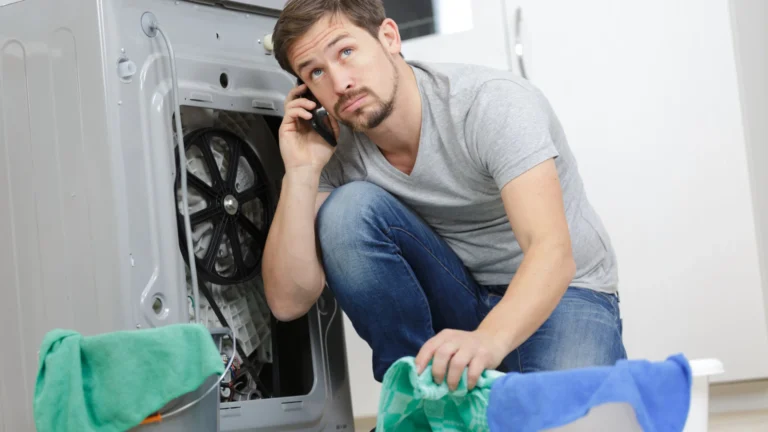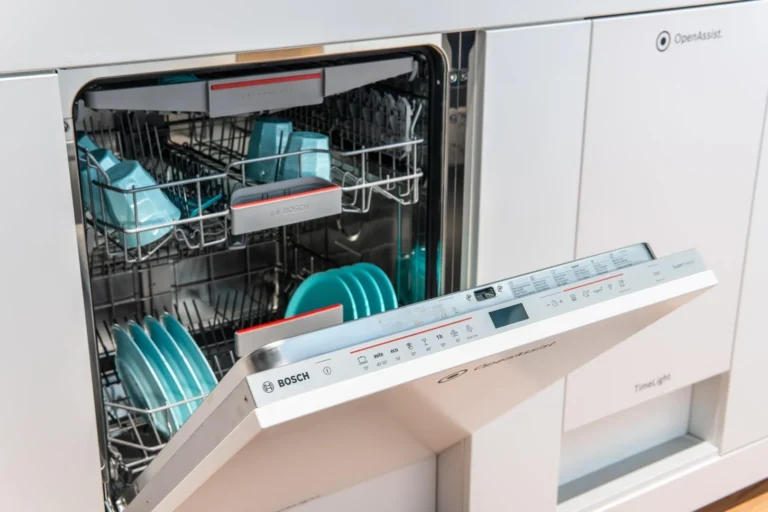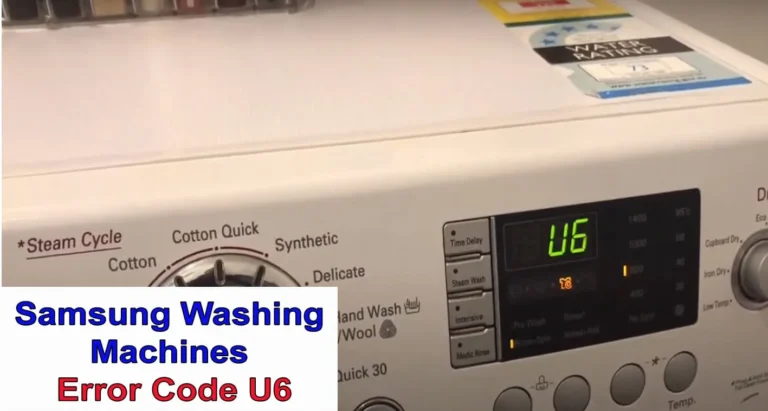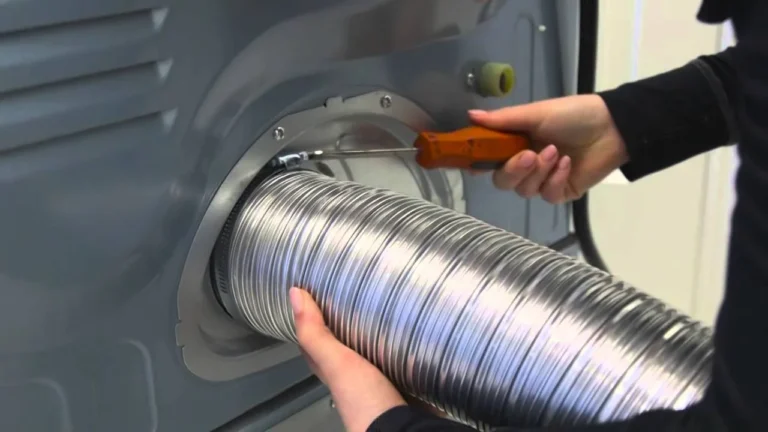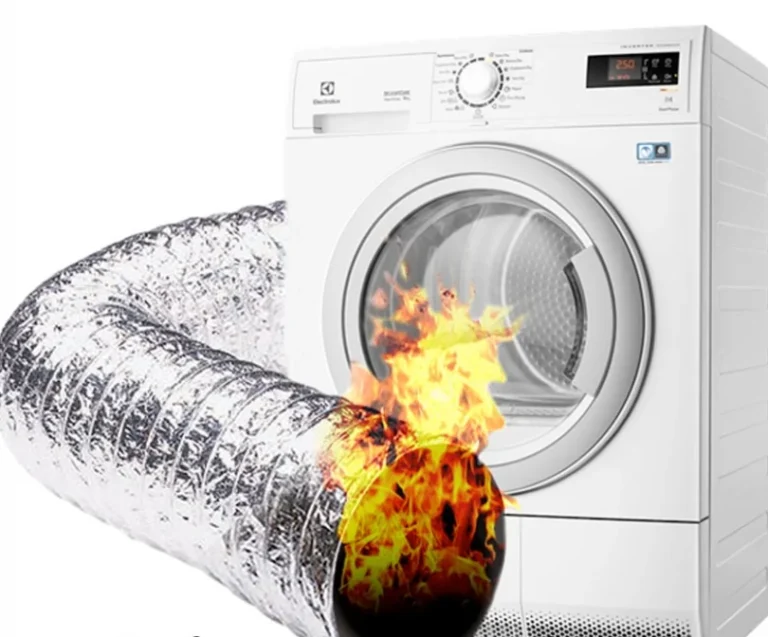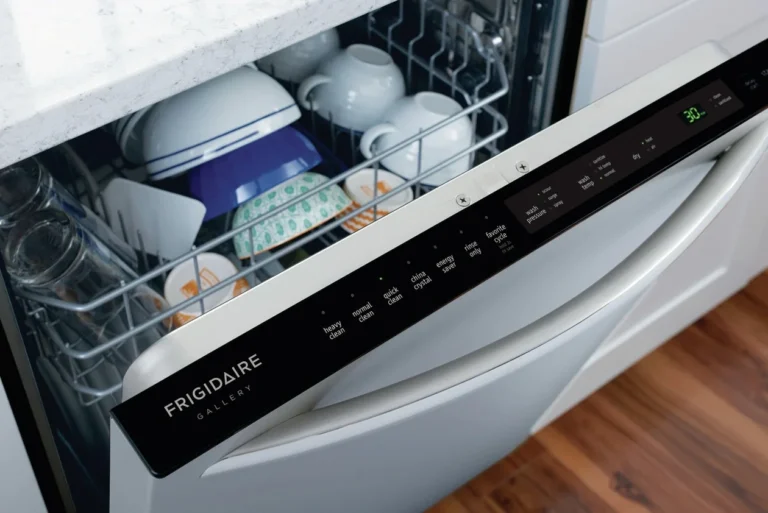No Ice? Troubleshooting a Samsung Refrigerator Ice Maker Not Working
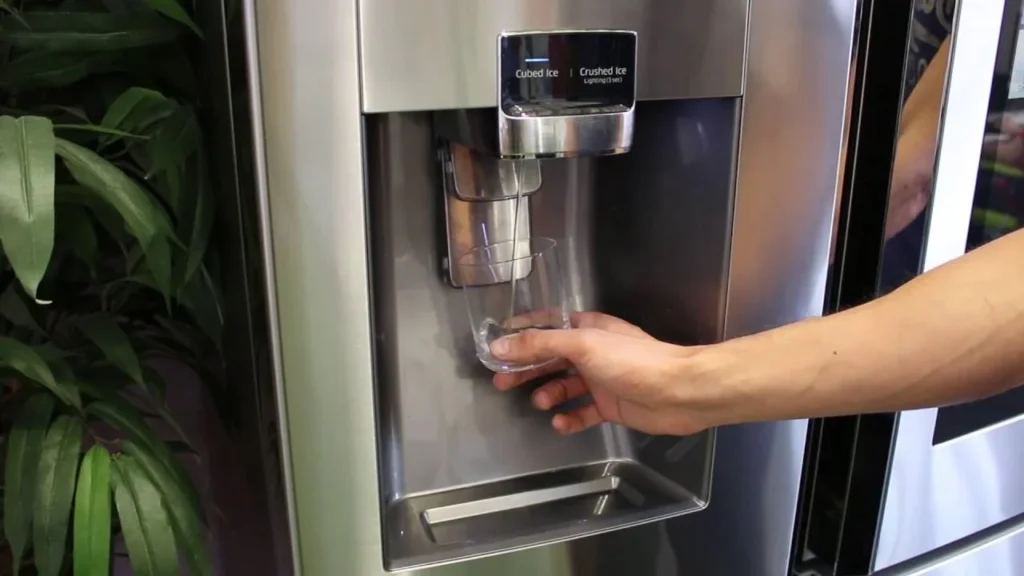
Nothing is more frustrating than going to your refrigerator expecting icy cold drinks only to find the ice maker isn’t producing any ice. Samsung refrigerator owners certainly know the headaches of an ice maker on the fritz. While issues with ice production are common across all refrigerator brands, Samsung ice makers do tend to have higher problem rates based on repair technician feedback.
Don’t despair if your Samsung refrigerator is failing to make ice. In most cases, troubleshooting and fixing the issue is straightforward for handy homeowners without requiring a costly appliance repair visit. This guide will overview common reasons a Samsung ice maker stops working and provide actionable steps to get your ice production flowing again.
Common Samsung Ice Maker Problems
There are a handful of typical culprits behind a Samsung refrigerator ice maker failing:
Clogged or Dirty Water Filter – Sediment buildup in the water filter is a leading cause of ice maker failures. A partially clogged filter restricts water flow to the ice maker. Replacing the water filter cartridge typically resolves the issue.
Low Water Pressure – Inadequate home water pressure prevents sufficient water from reaching the ice maker. Verify your home water pressure meets Samsung’s rating of 20 – 120 psi.
Frozen or Clogged Ice Maker – Ice buildup around the ejector arms can seize up the ice maker. Carefully removing built-up frost restores normal operation.
Failed Ice Maker Module – Like most complex appliances, the ice maker unit itself can fail. Replacing the module is required if it’s defective.
Faulty Control Board – On Samsung smart fridges, control board failures can disrupt ice production. The main control board may need replacement.
Power Supply Issues – Loss of power to the ice maker, damaged harness wiring, or a blown fuse can prevent ice production.
While the specific root cause will depend on your refrigerator model and symptoms, these are the most prevalent issues DIYers encounter with a Samsung ice maker not working properly.
Step-by-Step Samsung Ice Maker Troubleshooting
Before calling for service, there are several basic troubleshooting steps Samsung owners can perform to self-diagnose an underperforming ice maker:
Ensure the Ice Maker is Turned On
Before troubleshooting anything else, double check your ice maker is actually turned on! Many Samsung units have an ON/OFF toggle button on the ice maker itself. Verify the button is in the ON position.
If your ice maker lacks a physical power button, check your display panel for an ice maker icon you can select. Consult your owner’s manual if unsure how to power on the ice maker.
Check the Ice Maker Child Lock
Some Samsung refrigerators have a child lock function that disables the ice maker, often indicated by a lock icon on the display panel. Press and hold this lock button for 3 to 5 seconds to disengage the child lock and allow ice production.
Inspect the Ice Mold for Frozen Ice or Frost Buildup
Remove the ice bin and shine a flashlight on the ice mold and ejector arms. If built-up frost or frozen ice clusters are blocking the mold, use a plastic utensil to carefully detach and remove any ice buildup. Replace the ice bin.
Verify the Water Supply Line is Open
Check that the water supply valve behind the fridge is turned on fully. Make sure the water line is firmly connected to the refrigerator without any leaks. Run the water dispenser to double check water flow is reaching the fridge.
Reset the Ice Maker
If water flow is normal but the fridge fails to enter ice making mode, try resetting the ice maker:
- Remove the ice bin.
- Locate the small reset button on the side or bottom of the ice maker unit.
- Press and hold this reset button for 10 seconds until you hear the ice maker motor engage.
- Replace the ice bin.
Resetting the ice maker resets the internal module and often resolves intermittent freezing issues.
Replace the Water Filter Cartridge
A clogged water filter is one of the most typical reasons a Samsung ice maker stops producing ice. Pull out the water filter and examine it for any dark sediments or impurities. Regardless of appearance, replacing the water filter every 6 months ensures fresh water flow to the ice and water dispenser.
Check Water Pressure to the Ice Maker
With the water filter removed, activate the water dispenser to verify adequate water pressure is reaching the refrigerator:
- Dispense around 12 ounces of water into a measuring cup.
- It should reach 12 ounces in roughly 5-7 seconds.
- If it’s significantly slower, your home water pressure may be too low for proper ice production.
Consult Samsung’s specs to verify your home water pressure meets the 20 – 120 psi rating. Installing a booster pump can help if your pressure is normally on the lower end.
Test Functionality by Running Manual Test Mode
Samsung refrigerators have a special diagnostic mode for testing ice maker operation:
- Press the Alarm and Lock buttons simultaneously for 3 seconds to enter Diagnostic Mode
- Open the freezer door to activate the ice maker test.
- Press Freezer Temp to cycle through test modes F-1 to F-5. Select F-2.
- Press Alarm to activate the ice maker test cycle.
If ice forms and is ejected normally, the ice maker components are likely functioning normally. Problems may be electrical in nature.
Check Electrical Connections
With the fridge unplugged, remove the rear panel covering the electrical connections to the ice maker unit. Verify all wiring harnesses are firmly plugged in and no wires are damaged, loose, or disconnected. Wiggle connections and inspect for corrosion. Faulty wiring is often overlooked as a cause of ice maker failure.
Inspect and Replace the Ice Maker Module
If you confirm water supply and pressure are adequate and wiring is intact, the ice maker module itself may be defective. Replacement ice maker kits from Samsung or universal modules are available online for $50-150. Follow the included instructions to remove and swap in the replacement module. Programming it is usually not required.
Replace the Main Control Board
On Samsung smart fridges, the main control board oversees ice maker operation. If replacing the ice maker module doesn’t resolve issues, the main control board may be defective. Swapping in a new Samsung control board resolves electronic issues that can prevent ice production.
By methodically working through these troubleshooting steps, you can zero in on the specific issue stopping ice production in your Samsung refrigerator. In many instances, simple fixes like replacing the water filter, eliminating ice buildup, or resetting the unit will get your ice maker working again. Even replacement parts are fairly affordable for DIY repairs. Just be sure to unplug the appliance before attempting any repairs. With our troubleshooting guide, you can conquer that ice maker issue and avoid paying for an expensive appliance technician.
Preventing Future Samsung Ice Maker Problems
While Samsung ice makers can be prone to issues, there are ways to prevent problems and keep your ice maker producing:
- Replace the water filter every 6 months without fail, more often if you have hard water. Don’t wait for ice production to slow down first.
- Periodically clean the ice maker mold and bin of any accumulated frost or frozen ice shards.
- Avoid overcrowding the bin with ice cubes. Overfilling can cause the ice maker to seize up.
- Keep the doors properly sealed. A loose door seal promotes frost buildup in the ice maker.
- Verify water pressure remains within Samsung’s operating range of 20 – 120 psi.
- Test the ice maker annually by running a manual harvest cycle. Catch problems before ice production halts completely.
- Unplug the fridge before cleaning to avoid electrical damage that can disrupt the ice maker.
By following best practices for maintenance and care, your Samsung ice maker can avoid many common problems and provide years of reliable ice production. But despite your best efforts, issues can still crop up. Use this comprehensive troubleshooting guide to get your ice maker flowing again if it happens to stop working.
Process for Diagnosing Samsung Ice Maker Problems
Over the years, I’ve refined a process for zeroing in on why a Samsung ice maker isn’t producing ice:
- Remove any visible ice/frost buildup from the mold and ejector arms.
- Replace the water filter cartridge even if it looks clean.
- Verify adequate water pressure to the unit.
- Reset the ice maker by holding the test button down for 10+ seconds.
- If no luck, test components by putting the unit into self-test diagnostic mode.
- Check all electrical connections and harness plugs.
- Replace the ice maker module itself.
- As a last resort, replace the main control board.
Using this systematic approach, I can usually get a Samsung ice maker working again with basic tools and affordable parts.
Tips to Prevent Future Ice Maker Headaches
While Samsung ice makers can be finicky, there are ways to prevent issues:
- Replace the water filter like clockwork every 6 months.
- Periodically inspect for ice buildup; remove it carefully if present.
- Avoid overfilling the ice bin.
- Maintain proper door seals to prevent frost.
- Test the unit annually by running a harvest cycle.
- Keep water pressure optimal.
- Unplug before deep cleaning the refrigerator.
Following best practices for maintenance helps minimize problems down the road. But with the right troubleshooting approach, even a dead ice maker can be fixed relatively easily DIY-style. Just take it step-by-step.
Takeaway on Samsung Ice Makers
While more problematic than other brands, Samsung ice maker issues are repairable with some basic tools and patience. Methodically troubleshoot to isolate the issue, and don’t hesitate to replace parts like the filter, ice maker module or control board. With my repair tips, you can save the headache and cost of calling an appliance tech!

